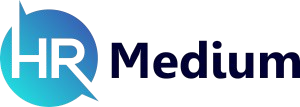Human Resources (HR) is a crucial department in every business. After all, while others manage their work, HRs work is to manage people. With digitization becoming a priority for many firms, the role of HR and their management styles is changing as well.
More specifically, firms are questioning whether digital management strategies fare better than traditional ones?
Discover the differences in traditional HR management and HRMS.
Understanding the differences, beyond basic automation, holds the key to deciding which strategy is more suitable for the business.
Reporting and Managing Data
In HR, there is a lot of data to be accurately gathered, stored, and reported on.
Data Management Under Traditional HR Methodology
Primarily, physical records are utilized for the maintenance and upkeep. This involves a large amount of paperwork in folders containing sensitive information.
Additionally, some basic spreadsheets are created. Overall, the level of reporting is elementary and slower, which can further delay decision making.
Data Management Under HRMS
Under HRMS, data is stored in a centralized database. Thus, large amounts of it can be stored and managed with ease.
Additionally, the level of reporting is higher as the available features can be used for advanced analytics. This generates more intelligent insights on key metrics allowing for faster and more informed decision making.
Level of Independence of Employees
Beyond onboarding, there are many other times when employees interact with HR.
Level of Independence in Traditional HR Management
Employees heavily depend on and interact with the HR department. Any sort of information or updates are delivered personally through HR personnel. This includes details on time offs, viewing payslips, and general updates.
Here, since responses are hand delivered, they are generally slower due to the extra administrative burden. Thus, there is a low level of self-service.
Level of Independence in HRMS
With HRMS, portals are created for easier management. All important details and updates regarding anything that is important for an employee to know are shared and accessible digitally.
Thus, the level of independence is higher with a lower burden on HR for them to focus on more important tasks.
Also Read: How to Choose the Best Talent Management Software
Cost to the Company
Perhaps the most important difference, the investment costs the firm has to bear.
Costs While Incorporating Traditional HR Management
Primary costs are related to maintaining the paperwork which leads to higher HR staffing. The initial investments are lower but in the long run, dealing with administrative tasks adds up.
Costs While Incorporating HRMS
Here, the initial costs are high. This is due to the software fees as well as licensing fees the firm has to pay to incorporate the portal. However, as the portal leads to increased efficiency, it delivers favorable results and saves on costs in the long run.


